How Hurricane Katrina Redrew the Gulf Coast
While storms here are nothing new, human influence helped Katrina make Louisiana’s ecological problems worse
/https://tf-cmsv2-smithsonianmag-media.s3.amazonaws.com/filer/47/a9/47a90f82-65d9-41ed-9024-da163f9602bb/delacroix_oli_2015214_lrg_edit.jpg)
Hurricane Katrina’s dramatic fallout was, at its core, a human-induced disaster. Stronger storms have hit the U.S. Gulf Coast before and after Katrina's August 29, 2005, landfall in Louisiana, but this was the tempest that broke through levees to reveal cracks in disaster response plans.
To a certain degree, the same can be said for Katrina's ecological impacts. When the Category 3 storm barreled ashore ten years ago, it not only forever changed the lives of humans, but also those of the plants and animals in the neighboring wetlands, in part because of human interference with the landscape.
“Hurricanes are natural events, so in a perfect world they do not cause ecological problems—they are part of the ecology,” says David Muth, director of the National Wildlife Federation’s Gulf Restoration Project. “But in altered ecosystems and landscapes, they can cause ecological disruption, and Katrina did." However, he adds, "teasing out what parts were natural and what parts were anthropogenic is not necessarily simple.”
Katrina’s physical destruction released oil from production facilities and chemicals from kitchen sinks into waterways. The storm knocked down trees, washed out marshes, killed thousands of animals and sent potential invasive species adrift into new environments. New Orleans’s streets filled with feral dogs and chickens. Subsequent storms, climate change and havoc wrought by the 2010 Deepwater Horizon oil spill only added to the complexity.
So how has the ecosystem responded over the last ten years?
Perhaps the most obvious and immediate ecological fallout from the storm came in the form of destroyed habitats. “We lost thousands of acres of wetlands. It went from ‘you had it’ to ‘it's not there anymore’ overnight,” says Shane Granier, a biologist with the Louisiana Department of Wildlife and Fisheries. The U.S. Geological Survey estimates that hurricanes Katrina and Rita destroyed 220 square miles of wetlands.
Disappearing wetlands aren’t in themselves unexpected. The USGS calculates that Louisiana has lost 25 percent of its land area since 1932, largely due to coastal erosion. Some places even benefitted from Katrina, because hurricanes bring in silt, which helps marshes that have deeper roots.
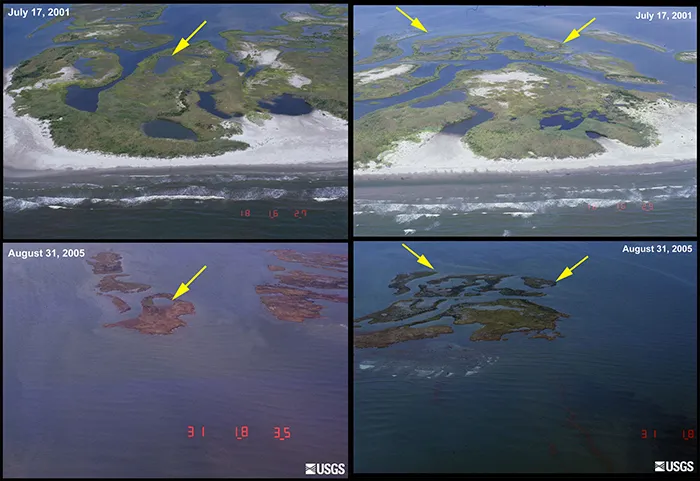
“It’s not all bad,” says Denise Reed, a geomorphologist at the Water Institute of the Gulf in New Orleans. Some brackish marshes actually gained about 3 to 8 centimeters of sediment in August 2005. But organic, low-salinity marshes have shallower root bases, and they took a serious hit. Because of the way humans manage and control the flow of the Mississippi River, these marshes don’t receive a regular influx of nutrients and sediments from the river. Generally, they’re stressed and not too healthy.
“At the time, they were already hanging on by their fingernails,” says Reed. So, when Katrina blew in, the storm tore a lot of those marshes apart, inflicting irreparable damage. The storm also took a serious toll on barrier islands by redistributing sand. The Chandeleur Islands in particular lost 84 percent of their area, although sediments have built back up gradually since then, notes Reed.
Further inland, the storm cut down swaths of trees in the Pearl River Basin’s floodplain forests. In some areas, “it looked like toothpicks laying on the ground,” says Theryn Henkel, a biologist with the Lake Pontchartrain Basin Foundation in New Orleans. According to a 2010 study, Katrina killed or damaged an estimated 320 million large trees. Bald cypress swamps fared better than bottomland hardwood forests, likely because their extensive root systems provided better wind resistance.
Holes in those hardwood forests left room for a gnarly invader—non-native Chinese tallow trees. Introduced to the U.S. by Ben Franklin, Chinese tallow trees had already popped up sporadically in Gulf Coast forests. Waxy tallow seeds float and can survive in natural seed banks for a while. The invaders also grow quickly—they can start making baby saplings in a mere three years—and they use chemical weapons and shade to outcompete their neighbors.
As part of her graduate dissertation at Tulane University, Henkel found that between 2004 and 2011, tallow had colonized large patches of damaged forest previously inhabited by a diversity of oaks, red maples and sweetgums.
“As soon as the storm opened up the canopy and bright sunlight shined through, they went gangbusters,” Henkel explains. Less damaged stands of forest will take a few more decades to recover, but tallow colonies are likely there to stay. While some birds love munching on tallow fruits, the lost diversity provides fewer menu options for other birds and changes the water chemistry to the detriment of some amphibians, notes Mike Seymour, an ornithologist with the Louisiana Department of Wildlife and Fisheries.
The story is mixed for other invasive species. Water hyacinth, a lily that can choke marshes of their resources, doesn’t tolerate salt water very well, so storms like Katrina temporarily cut the water plants back in some areas. “A 20-foot wall of water just comes in, and it cleans everything out,” says Granier. The benefit is short-lived though, and water hyacinth remains a seasonal problem.
Katrina’s effects have been less troublesome for birds and animals living in the damaged marshes and forests. “Obviously we lost a lot of habitat, so the ‘house’ for those animals isn’t as big as it used to be,” says Granier. Still, many populations have recovered.
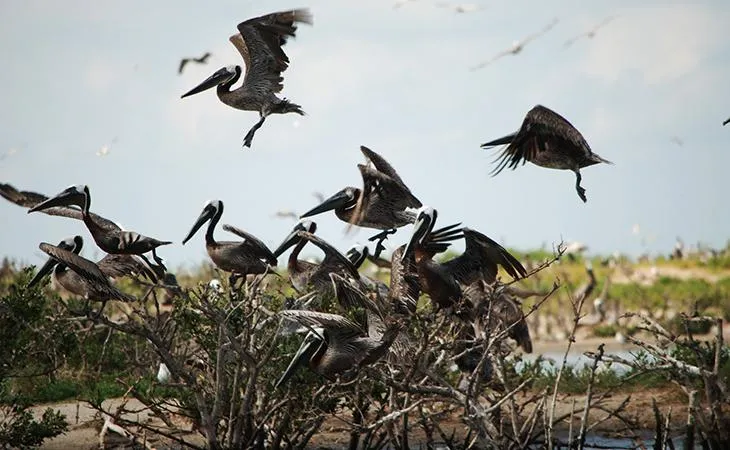
Coastal nesting birds like brown pelicans and snowy egrets, which saw population declines after Katrina, had rebounded to normal levels by 2008, says Seymour. Because they reproduce multiple times over long lives, “seabirds don’t place all their eggs in one basket, so a horrible nesting season may not wreck an entire population,” he explains.
In addition, some predicted impacts on animals fizzled altogether. In Katrina's immediate aftermath, ecologists worried about an overflow of exotic pets or farm animals released into the wild. But aside from a few stray water buffalo that likely escaped a local farm, Granier hasn't seen any major threats in the wildlife management area where he works.
Similarly, despite initial concerns, invasive Nile tilapia didn’t escape from local fish farms in southern Mississippi. And like the water hyacinth, the invasive water rats known as nutria, which have been plaguing Louisiana’s coasts since the 1930s, declined in some areas but quickly bounced back.
While some ecosystems might not look exactly as they did before, they are recovering and even thriving. For still-damaged wetlands, “the most important thing we can do is fix the system—unleash nature to recover its capacity for resiliency,” says Muth. That means diverting the river to restore damaged wetlands and doing our best to control exotic species.
Hurricanes naturally remodel ecosystems, and they’ll continue to batter the Louisiana coast. How humans choose to manage the land may determine whether future storms change the coastline for better or worse.
/https://tf-cmsv2-smithsonianmag-media.s3.amazonaws.com/accounts/headshot/Screen_Shot_2014-01-27_at_12.05.16_PM.png)
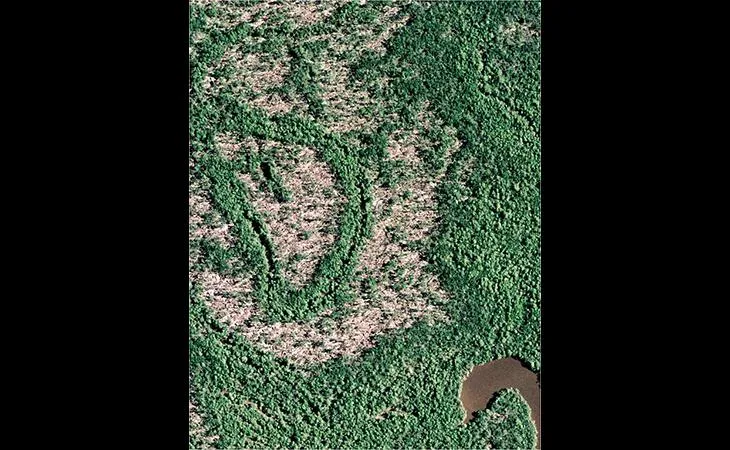
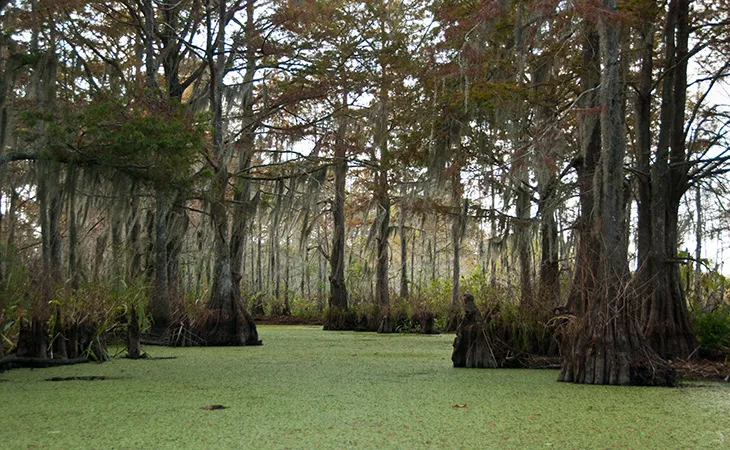
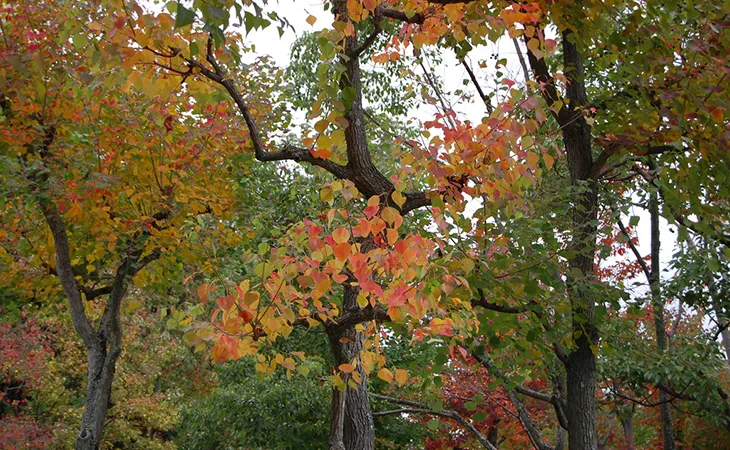
/https://tf-cmsv2-smithsonianmag-media.s3.amazonaws.com/accounts/headshot/Screen_Shot_2014-01-27_at_12.05.16_PM.png)